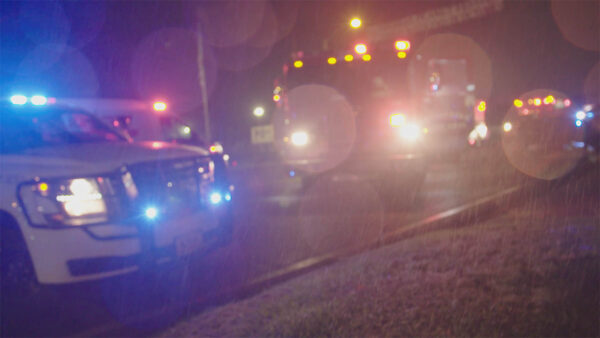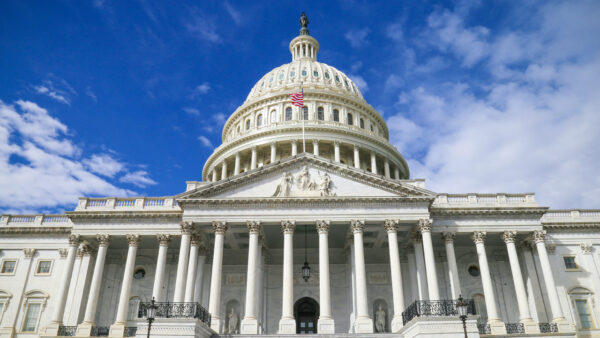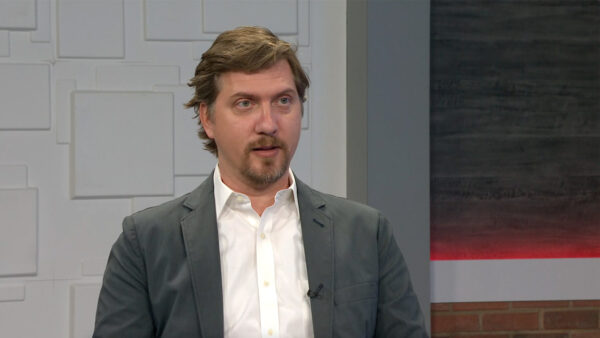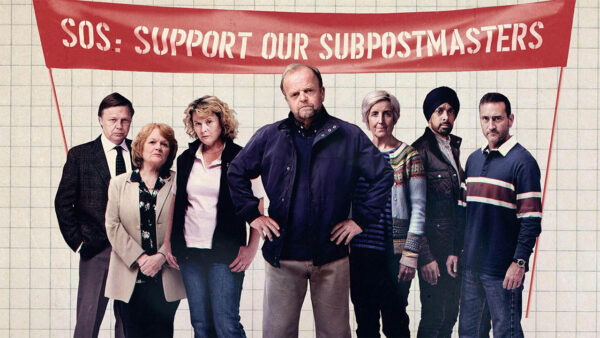
Teaching genetics: A debate-based classroom activity
May 15, 2023
Happy May, Superheroes! As we continue the series on Project-Based Learning for STEM curriculum, we’re drawing inspiration from our special, “Your DNA Secrets Revealed.” Here are two engaging ways to develop students’ understanding of genetics as well as a step-by-step guide for conducting a mock congressional hearing centered around the genetic testing debate.
Review the central dogma process and mutations
My students learn about the central dogma process during sophomore year, but I still review the main steps with them using a Nearpod I created. Access my complete Central Dogma Unit Lesson Plan here. After a review, also consider asking students to draw each part of the process so they can demonstrate their understanding before moving on to the next step.
After completing the central dogma unit, we review mutations. I begin the mutations review by asking my students what the Hulk, Cyclops and Spiderman have in common and how they are different. This is a fun way to get my students thinking about how mutations can occur (i.e. some are born with mutations while others develop them over time). I then have my students demonstrate their understanding by completing this modified version of the DNA Mutations Practice Worksheet (courtesy of Denton Independent School District).
I do not spend too much time on mutations as my students have learned this material before, but take more time to review if needed.
Teach students about genetic testing
Part of my biotechnology course curriculum includes a genetic testing unit, and I love using the central dogma and mutations review to set the stage for teaching this topic.
We begin this unit by researching different genetic tests. Students gather in preassigned groups of three or four, randomly choose a genetic test to research and answer these questions on a padlet. Padlet is a great tool for informal presentations and discussions. Check out this one for inspiration.
Students engage with the material more deeply when they can connect concepts to the real world. One assignment, “Navigating Genetic Disease Testing: A Personal Story” Nearpod, allows students to explore the reasons why people may or may not choose to undergo genetic testing. This is a big hit with my students, especially since they’ve learned about Huntington’s disease prior to watching the video.
Check out New York University’s Grossman School of Medicine High School Bioethics Project for more interactive activities.
Host a genetic testing congressional hearing
A genetic testing congressional hearing is the best way to wrap up the genetic testing unit. I modified the Personal Genetics Education Project to best fit my curriculum, and here are steps to conduct your own classroom debate.
Students are randomly assigned a role and given one article to begin their research journey. They are then instructed to find at least three more sources to complete their congressional hearing graphic organizer. They are given two full class periods to work with their assigned groups to create their arguments.
Students are then given one final class period to review the congressional hearing expectations and prepare their opening and closing statements. The “Senators” are required to work in the hallway so they cannot hear the students’ preparations.
On the day of the congressional hearing, the two sides sit on opposite ends of the classroom, and the Senators sit in the middle. A coin is tossed to determine which side will present their opening statement first, and then the Senators begin their questioning. Once the closing statements are given, the Senators leave the room to discuss which side gave the better argument and return once they have their decision. We then wrap up the activity by discussing the questions at the end of the slides as a whole class.
Try this activity with your students, and let us know on social media which side won at @ArizonaEducator on Twitter or Arizona PBS KIDS on Facebook.
Review the other articles in our series on Project-Based Learning for STEM curriculum:
About the author
Ashley Burkart is a Senior STEM Teacher at Bioscience High School in Phoenix. STEM research was her first passion as she holds a Masters in Biomedical Science from Midwestern University. When she isn’t teaching tomorrow’s leaders, she is either hanging out with her dogs, Raven and Bailey, or hiking the beautiful mountains of Arizona.




















